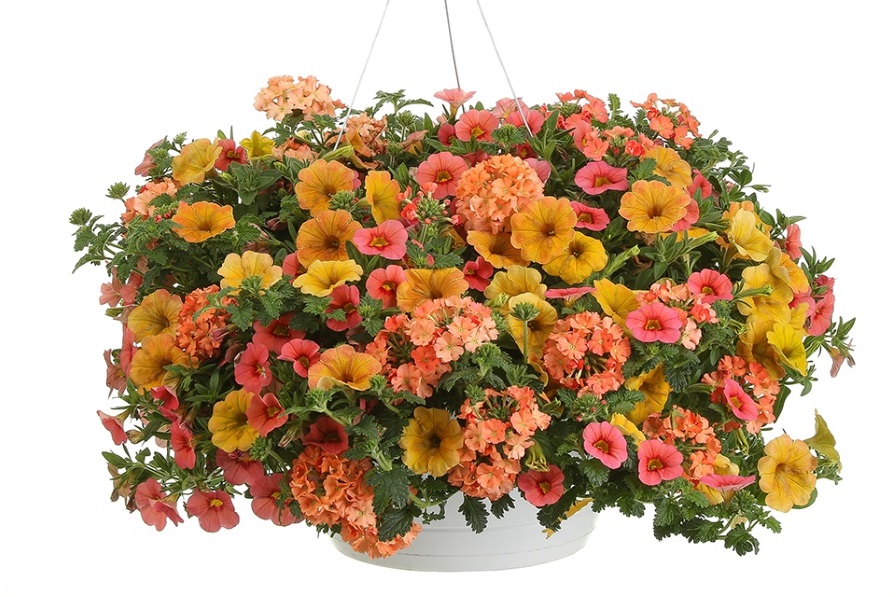Why Variety Selection Is Critical in Greenhouse Tomatoes

Are you looking to grow greenhouse tomatoes but don’t know where to start? We talked to Marjan Willett, Americas Protected Market Development Lead at Bayer Crop Science, to get advice on growing tomatoes in the greenhouse.
“From our perspective, tomatoes are likely one of the most challenging crops to grow,” Willett says. “The crop cycles are long, reaching almost a full year, and crops must be carefully managed for the plants to excel in all growing conditions.”
Before even starting to grow, Willett recommends choosing the right variety of tomato for each environment.
“Before planting, growers and their [seed] representative should select the best-suited growing purpose and strategy,” Willett says. “Together, they can determine what target range the grower is selling for, whether that be growing for flavor, average fruit weight for specific market demands, tolerances, frequency of volume, etc.”
Tomato growth depends on the local varieties available to growers.
“It’s important to remember that there is not a one-size-fits-all recommendation for tomato growers,” Willett says. “Environments differ from location to location, so it’s best to work with your local seed representative to select the right varieties for your location.”
Keep in mind that growing tomatoes require daily monitoring by the grower to make sure the tomatoes are growing in the best environment possible. It is also important to monitor for any pests.
“Given the susceptibility of a tomato plant, it’s important to monitor tomato crops daily, provide the best growing conditions for that crop, and have an integrated pest management plan (IPM) in place,” says Willett. “A thorough IPM plan can keep outside dangers, including, but not limited to insects, diseases (from humans, plants, or tools), particles from the wind, etc., mitigated.”
Willett also recommends having biosecurity measures in place to keep track of everyone and everything that comes in and out of the greenhouse.
It is also imperative for growers to keep crop uniformity in mind when growing tomatoes.
“Crop uniformity and balance help tomato crops obtain optimal results, to help achieve [crop uniformity], tomato crops need a changing and dynamic growing approach as the crop grows throughout different stages of development and multiple seasons,” Willett says. “With that in mind, production managers should proactively deliver what the plants will need tomorrow in a changing environment.”
Media: Rockwool features an ideal density and comes free of pathogens.
Propagation: Grafted is an option for long cycles
Scheduling: Plan all steps of the crop before planting and remember seeding is typically done 30 days (non-grafted) to 50 days (grafted) before transplant.
Planting: January and February are typically the most common transplant months – make sure to keep plants generative early in season. For artificial lit crops transplanting may happen in July, August, and September.
pH/EC: Adjust this according to each growing phase. A higher EC early in season is typically preferable for low lights.
Temperature: De Ruiter recommends adjusting the greenhouse climate according to crops needs, in combination with outdoor temperature, humidity and light conditions.
Light: There must be enough light to provide energy to the plant according to the load and speed.
Fertilizer: High quality major and minor elements – don’t forget your CO2.
Watering: There must be enough water to supply the needs without waste. During the hottest and brightest time of the day, it should not lack water.
Pests/Diseases: Keep them away, and make sure you’ve created a strong IPM program. As part of the plan, it is recommended having an in-house team of scouts or providers to supply the technology to fight pests and diseases. In addition, run tight hygienic protocols. Wash your hands, and be cognizant of outside environmental factors and sterilization of tools, etc.









